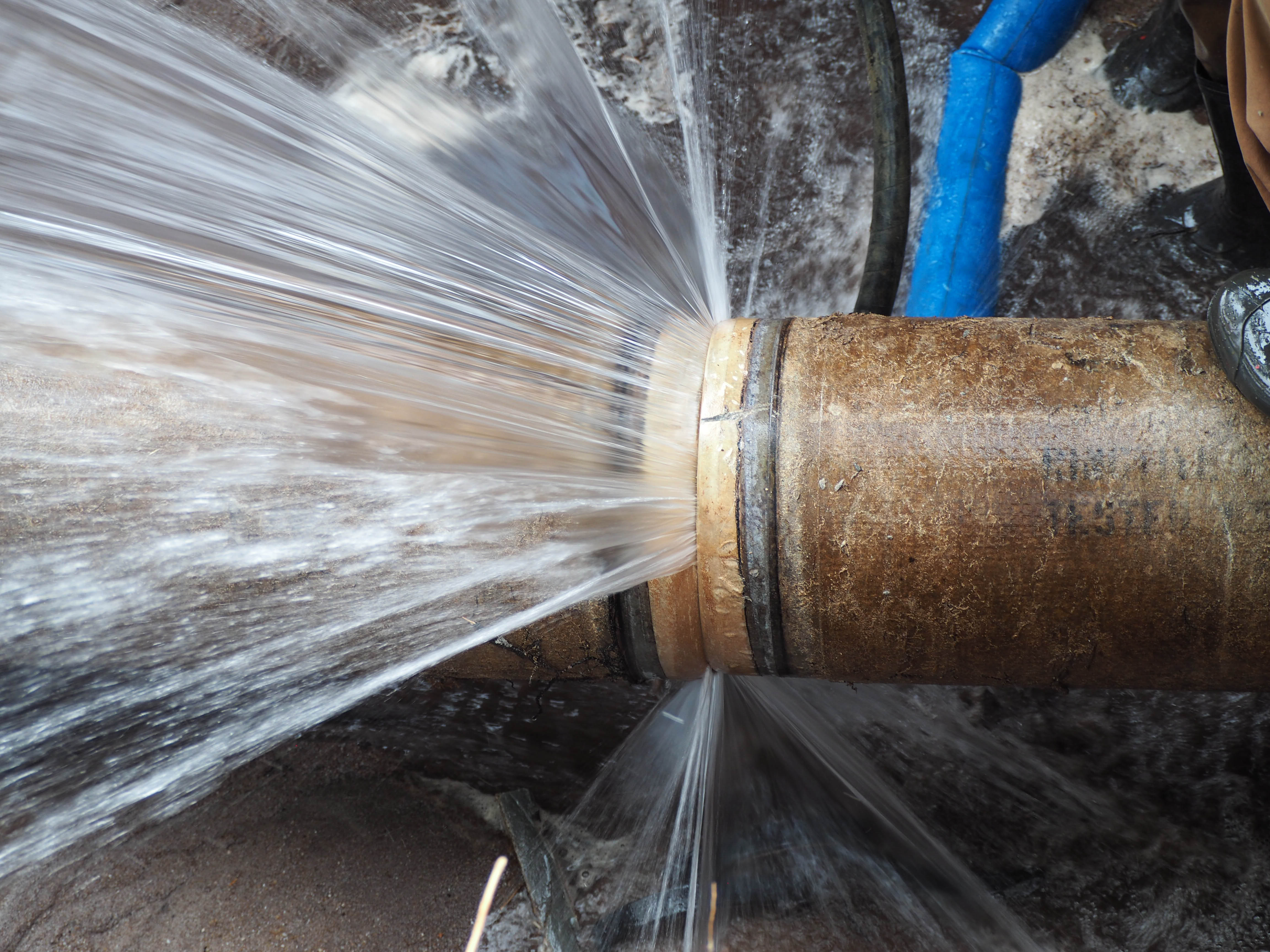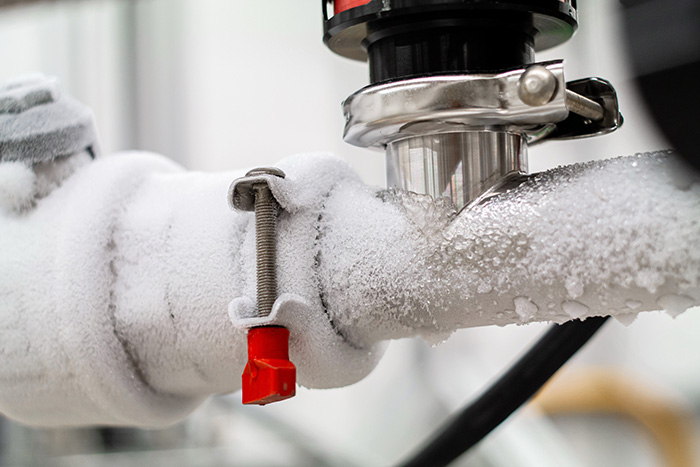Tips to Defend Plumbing System from Cold Weather: Critical Strategies
Tips to Defend Plumbing System from Cold Weather: Critical Strategies
Blog Article
Everyone seems to have his or her own theory on the subject of Preventing and dealing with frozen pipes.

Winter can wreak havoc on your plumbing, specifically by freezing pipes. Right here's exactly how to stop it from occurring and what to do if it does.
Introduction
As temperature levels drop, the threat of frozen pipelines boosts, potentially leading to costly fixings and water damages. Comprehending exactly how to avoid icy pipelines is important for property owners in chilly climates.
Avoidance Tips
Insulating at risk pipes
Cover pipes in insulation sleeves or make use of heat tape to shield them from freezing temperatures. Concentrate on pipelines in unheated or exterior locations of the home.
Heating methods
Maintain interior spaces properly heated up, specifically areas with plumbing. Open up closet doors to enable cozy air to distribute around pipelines under sinks.
Just how to identify frozen pipes
Seek decreased water flow from faucets, unusual odors or noises from pipelines, and visible frost on revealed pipelines.
Long-Term Solutions
Architectural modifications
Take into consideration rerouting pipes away from exterior walls or unheated locations. Include additional insulation to attics, basements, and crawl spaces.
Updating insulation
Buy top quality insulation for pipes, attic rooms, and wall surfaces. Proper insulation helps keep consistent temperature levels and minimizes the threat of icy pipelines.
Securing Exterior Pipes
Yard hoses and outdoor faucets
Disconnect and drain pipes garden hose pipes before wintertime. Mount frost-proof spigots or cover outside taps with insulated caps.
Recognizing Icy Pipes
What triggers pipelines to ice up?
Pipes freeze when exposed to temperature levels listed below 32 ° F (0 ° C) for extended periods. As water inside the pipes freezes, it broadens, taxing the pipe walls and possibly creating them to rupture.
Dangers and problems
Frozen pipes can result in supply of water disturbances, property damage, and pricey repairs. Burst pipelines can flood homes and trigger substantial structural damages.
Indications of Frozen Piping
Identifying icy pipes early can stop them from breaking.
What to Do If Your Pipelines Freeze
Immediate activities to take
If you suspect frozen pipes, keep taps open to alleviate stress as the ice melts. Make use of a hairdryer or towels soaked in warm water to thaw pipelines slowly.
Final thought
Protecting against icy pipelines needs positive steps and quick responses. By understanding the causes, indicators, and safety nets, house owners can safeguard their plumbing throughout cold weather.
5 Ways to Prevent Frozen Pipes
Drain Outdoor Faucets and Disconnect Hoses
First, close the shut-off valve that controls the flow of water in the pipe to your outdoor faucet. Then, head outside to disconnect and drain your hose and open the outdoor faucet to allow the water to completely drain out of the line. Turn off the faucet when done. Finally, head back to the shut-off valve and drain the remaining water inside the pipe into a bucket or container. Additionally, if you have a home irrigation system, you should consider hiring an expert to clear the system of water each year.
Insulate Pipes
One of the best and most cost-effective methods for preventing frozen water pipes is to wrap your pipes with insulation. This is especially important for areas in your home that aren’t exposed to heat, such as an attic. We suggest using foam sleeves, which can typically be found at your local hardware store.
Keep Heat Running at 65
Your pipes are located inside your walls, and the temperature there is much colder than the rest of the house. To prevent your pipes from freezing, The Insurance Information Institute suggests that you keep your home heated to at least 65 degrees, even when traveling. You may want to invest in smart devices that can keep an eye on the temperature in your home while you’re away.
Leave Water Dripping
Moving water — even a small trickle — can prevent ice from forming inside your pipes. When freezing temps are imminent, start a drip of water from all faucets that serve exposed pipes. Leaving a few faucets running will also help relieve pressure inside the pipes and help prevent a rupture if the water inside freezes.
Open Cupboard Doors
Warm your kitchen and bathroom pipes by opening cupboards and vanities. You should also leave your interior doors ajar to help warm air circulate evenly throughout your home.

We were guided to that report on How To Avoid Freezing Pipes from an associate on a different site. Liked our content? Please quickly share it. Let someone else check it out. Many thanks for going through it.
Try Here Report this page